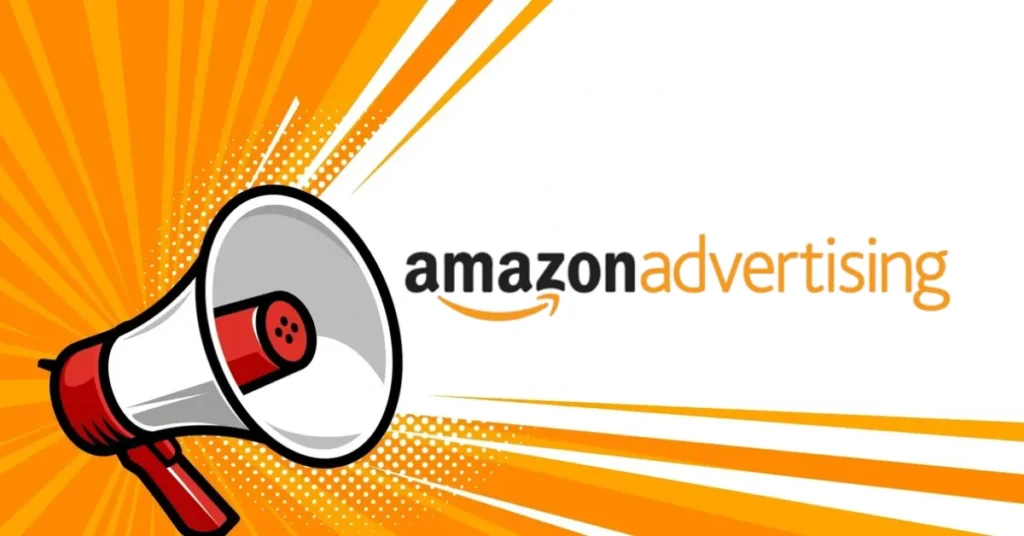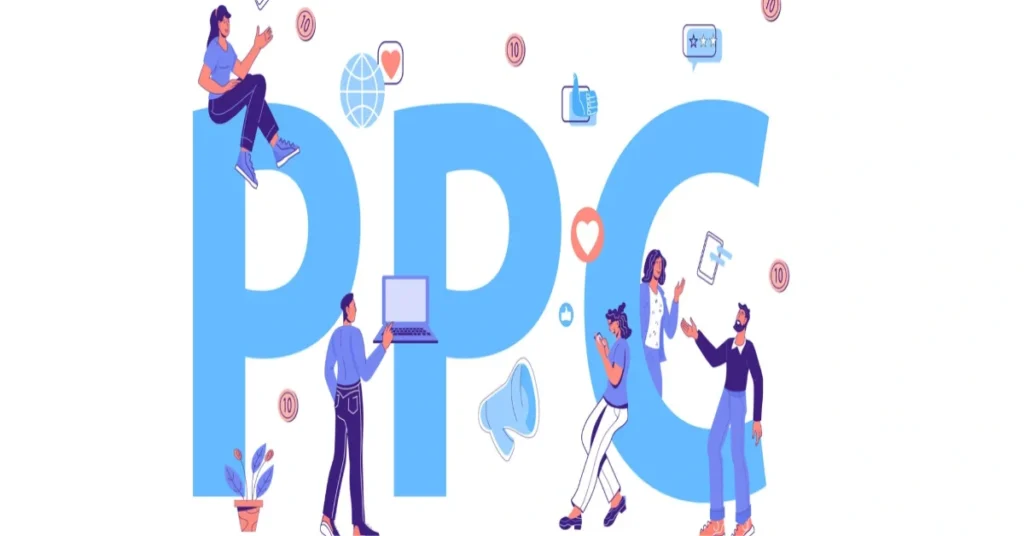Key Takeaways:
- Instagram ad costs in the US depend on bidding (CPC, CPM, CPE, CPA).
- Targeting, placement, ad quality, and industry impact expenses.
- US average costs: CPC $0.20-$2.00, CPM $6.70, CPE $0.01-$0.05.
- Regional US cost variations need deeper investigation.
- US economic trends and events shift prices.
- Specific US industry cost data is limited.
- US-focused case studies for budget optimization are few.
- Future US market cost predictions are necessary.
- Smart strategies help manage US Instagram ad budgets.
Instagram Ads Cost in the USA: Your Industry-Focused Budget Guide

Want to reach a massive US audience? Instagram ads offer that power. But the crucial question remains: How will Instagram advertising cost your business?
According to Statista reports published on May 20, 2025, about the digital advertising in the United States, the amazing facts are as follows:
Global Ad Spend: In 2024, global advertising spend hit $1.1 trillion, with digital ads accounting for 72.7% (~$790 billion).
Mobile Advertising: Mobile ads made up 73.5% of internet ad revenue in 2022, totaling $154.1 billion, driven by high mobile internet usage.
Video Advertising: Video ad spending is projected to reach $191.3 billion in 2024, thanks to strong engagement from short-form content.
Social Media Ads: Social ad revenue is expected to reach $272.7 billion in 2024, with Facebook leading at 2.96 billion active users.
Search Ads: Paid search offers high ROI (200%) and is led by Google, which controls 92% of global search ad revenue.
It’s a query I frequently encounter. Let’s break down the real expenses, particularly as they relate to different industries within the United States, and explore intelligent budgeting methods.
If you’re already seeing success connecting with your local community through Facebook, you might wonder how to tap into the visually driven audience on Instagram.
Just like understanding the nuances of running effective campaigns on its parent platform, as discussed in my post on how to run Facebook ads for local business, grasping the specifics of Instagram’s ad costs and best practices is crucial for reaching nearby customers there too.
The Basics: How Instagram Ad Pricing Works
Instagram operates on an auction system. Your bid competes to display your advertisement. You’ll encounter these primary pricing models:
- Cost Per Click (CPC): Payment triggers upon each user click.
- Cost Per Mille (CPM): Payment occurs for every 1,000 impressions (views).
- Cost Per Engagement (CPE): Payment is made for interactions like likes or shares.
- Cost Per Acquisition (CPA): Payment happens when a specific goal is achieved (e.g., a sale).
General US averages show CPC ranging from $0.20 to $2.00, CPM around $6.70, and CPE from $0.01 to $0.05. However, these are broad strokes. The actual cost for your industry in the US can differ significantly.
“Understanding the nuances of pricing models and how they apply to your specific industry is paramount for effective budget management on Instagram,”
-states Emily Carter, a lead marketing strategist at US Ad Insights
What Makes Instagram Ad Costs Vary Across US Industries?
Several factors cause advertising expenses to fluctuate across different sectors in the United States:
- Target Audience Competition: Industries targeting highly sought-after demographics in the US often face higher costs. For example, reaching affluent millennials in the tech industry might be more expensive than targeting a general audience.
- Average Customer Value: Industries with high-value products or services can often justify higher advertising spends to acquire a single customer. Think luxury goods or high-end real estate.
- Conversion Rates: If an industry generally sees lower conversion rates on Instagram, the cost per acquisition might be higher, influencing overall ad spend.
- Marketing Budgets: Industries with larger average marketing budgets might be willing to bid more aggressively, driving up costs for everyone.
- Ad Creative Effectiveness: While universally important, the impact of compelling visuals and messaging can vary by industry and audience preferences within the US.
Cost-Wise Industries in the United States (Estimates)

Providing exact, real-time costs is challenging, as these fluctuate constantly. However, based on available data and industry trends, here are estimated average CPC ranges for various industries in the United States.
Remember, these are estimates and can vary based on your specific targeting, ad quality, and campaign goals.
| Industry | Estimated Average CPC Range (USD) | Notes |
|---|---|---|
| E-commerce (General) | $0.30 – $1.50 | Wide range depending on product type and competition. |
| Fashion & Apparel | $0.40 – $2.00 | Highly competitive, especially for trendy items. |
| Beauty & Cosmetics | $0.35 – $1.80 | Influencer marketing also plays a big role. |
| Food & Beverage | $0.25 – $1.20 | Can be lower, especially for local promotions. |
| It can be lower, especially for local promotions. | $0.50 – $2.50 | Seasonal fluctuations are significant. |
| Finance & Insurance | $0.70 – $3.00+ | High customer lifetime value leads to higher bids. |
| Real Estate | $0.60 – $2.80+ | Targeting specific locations within the US is crucial. |
| Automotive | $0.45 – $2.20 | Focus on visuals and specific models. |
| Education | $0.30 – $1.60 | Targeting students or specific demographics. |
| Healthcare | $0.65 – $2.90+ | Regulations and sensitive topics can influence costs. |
| Technology & Software | $0.55 – $2.60+ | Targeting tech-savvy audiences. |
| Business Services | $0.40 – $2.10 | Can vary widely based on the specific service offered. |
| Entertainment & Media | $0.20 – $1.30 | Focus on engagement and reach. |
Important Considerations:
- CPM Variations: CPM rates also differ by industry, often following similar trends to CPC. Highly competitive industries with visually driven content might see higher CPMs.
- CPA Goals: Your target CPA will heavily influence your bidding strategy and overall ad spend. Industries with higher profit margins can often afford a higher CPA.
- Emerging Trends: The rise of video content like Reels and the increasing importance of influencer collaborations can impact costs and effectiveness across different sectors in the US.
Untapped Insights: Industry-Specific Advertising on US Instagram
Looking at the information available, I see an opportunity for a more granular understanding of how different industries fare on Instagram within the United States.
For instance, the cost of reaching potential car buyers in California might not be the same as in Michigan.
The eMarketer report clearly shows the US mobile advertising forecast trends 2025, published on May 20, 2025, about US mobile advertising forecast and trends as:
- Market Growth: U.S. mobile ad spending is expected to hit $228.11 billion in 2025, up 12.6% from 2024, driven by growing smartphone use and mobile screen time.
- Ad Format Breakdown: Search leads with $81.5B, followed by video at $58.92B, banner ads at $50.96B, and influencer ads at $4.85B.
- In-App Advertising: In-app ads will make up 82.6% of mobile ad spend ($190.57B), though 81% of users find them the most frustrating ad format.
- Emerging Trends: 5G, influencer marketing, and programmatic ads are shaping the future, enabling richer content and more precise targeting.
Are there specific regional advertising costs for key US industries that we haven’t fully explored? It prompts me to think about the hidden local market dynamics at play.
Consider the beauty industry. With the immense popularity of beauty influencers in the US, how does influencer marketing spend compare to traditional paid advertising costs for different beauty product categories?
Just as many businesses explore daily budgets for search engine marketing, a common question I address in my post about Google Ads cost: Is $10 a day budget enough for Google Ads?, understanding the daily investment needed for effective social media advertising is equally important.
So, if you’re considering expanding your reach beyond search and onto Instagram, knowing the daily expenses for running ads there becomes a key piece of the puzzle.
This blend of strategies likely has a unique cost structure we could investigate further.
Think about the food and beverage sector. Local restaurants in different US cities might see vastly different advertising costs based on competition and local demand.
Are there cost benchmarks for hyper-local food promotions on Instagram across the US? This localized perspective seems crucial.
What about highly regulated industries like finance and healthcare? Do specific US regulations impact their advertising costs on Instagram differently compared to less regulated sectors? Understanding these compliance-driven cost factors could be very valuable.
Wouldn’t it be beneficial to have detailed case studies showcasing successful Instagram advertising strategies within specific US industries?
Seeing how a small e-commerce fashion brand in Los Angeles managed its budget versus a national insurance company could provide practical, industry-relevant insights.
As Instagram continues to introduce new ad formats and features, how will these changes uniquely affect advertising costs for various industries within the US market?
Will interactive ads be more cost-effective for certain sectors? This forward-looking analysis by industry seems essential.
Smarter Spending: Industry-Focused Optimization for US Instagram Ads

To maximize your Instagram ad budget in the United States, tailor your strategies to your specific industry:
- Industry Benchmarking: Research average costs and performance metrics for your industry on Instagram in the US. This helps you set realistic expectations and identify areas for improvement.
- Targeted Creative: Develop ad creatives that resonate specifically with your target audience’s preferences and the visual language of your industry within the US.
- Strategic Partnerships: Explore collaborations with influencers or complementary businesses within your industry in the US to reach relevant audiences cost-effectively.
- Conversion Focus: Optimize your campaigns for conversions that matter most to your industry (e.g., product purchases for e-commerce, lead generation for service-based businesses).
- Localized Campaigns: If your industry has a strong regional presence in the US, leverage location-based targeting to reach local customers efficiently.
“Success on Instagram advertising isn’t just about spending; it’s about strategically investing in reaching the right audience with the right message for your specific industry,”
-Maria Rodriguez, a digital marketing consultant
Conclusion: Mastering Industry-Specific Instagram Advertising in the USA
Understanding the cost of Instagram advertising in the US requires a lens focused on individual industries.
While general averages provide a starting point, recognizing the unique factors that influence expenses within your specific sector is crucial for effective budgeting and maximizing your return on investment.
By seeking out more granular, industry-specific insights and tailoring your strategies accordingly, you can navigate the dynamic landscape of Instagram advertising and connect with your target audience across the United States in a cost-efficient and impactful way.
The future promises a deeper understanding of these industry nuances, empowering US businesses to thrive on this powerful platform.





